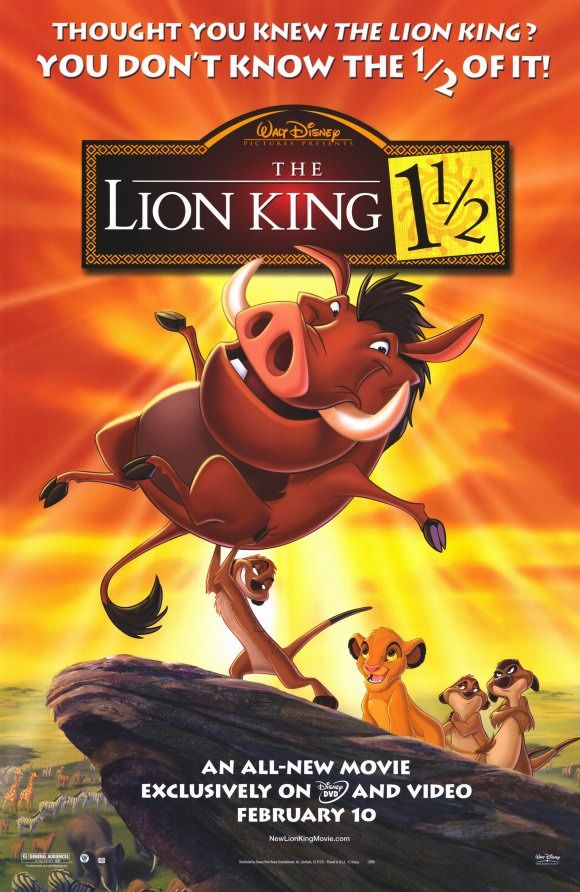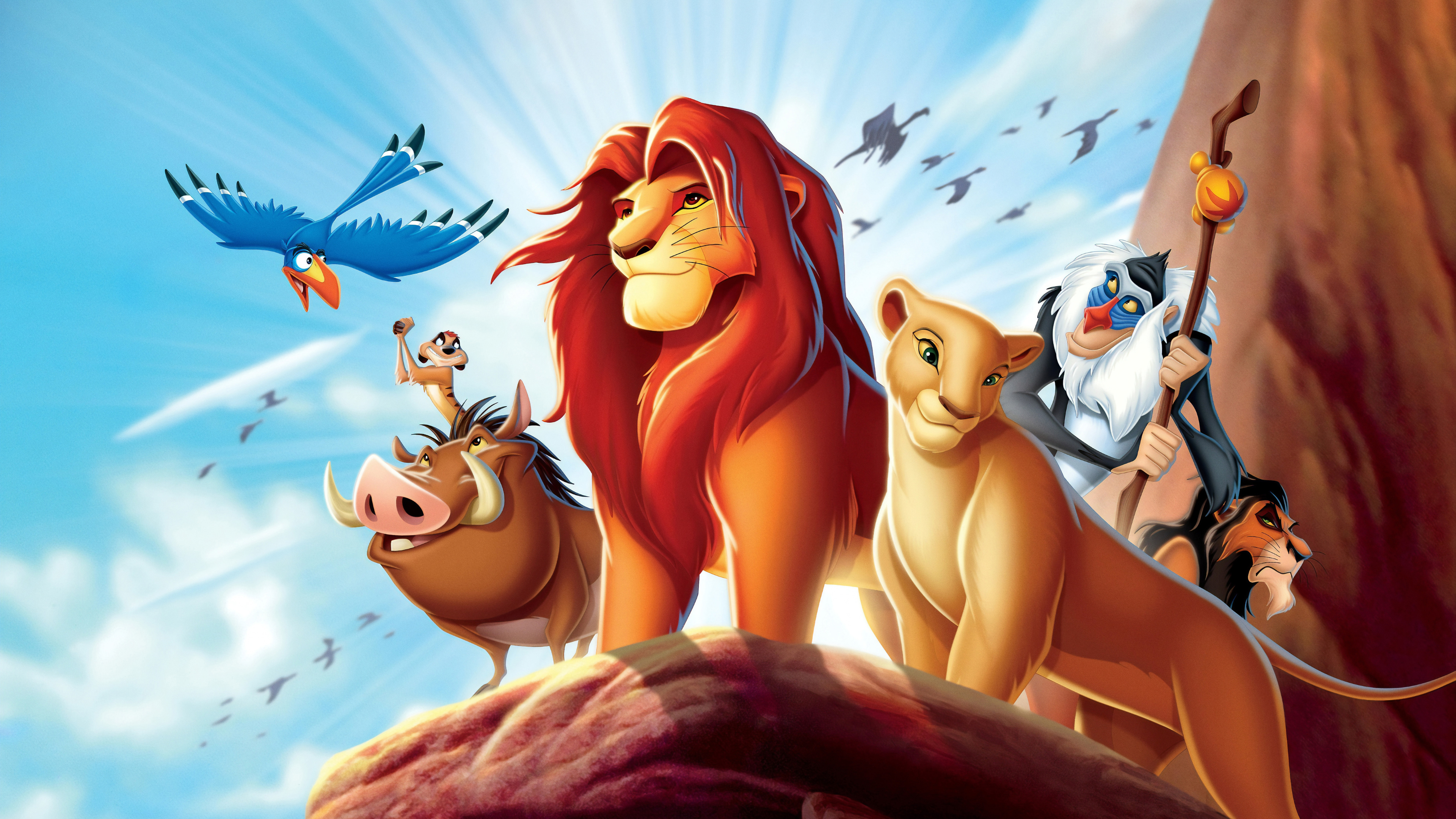

While each "take" of the animated lions' performance is the same, the VR technology has afforded Favreau the freedom to shoot the scene from any nook, cranny, or even mid-air vista view of Pride Rock. It's a heroic coming-of-age journey, epic in scope and universal in Western and non-Western culture alike - and while that certainly hasn't changed 25 years later in screenwriter Jeff Nathanson's adaptation, this lion cub is about to grow up in a whole new Africa.Īnimators have used keyframe CGI and the recorded dialogue of actors to create a rough master animation of today's scene, in which Mufasa (James Earl Jones, reprising his 1994 role) teaches young Simba (JD McCrary) about the bounds of the kingdom he'll one day inherit.

The simplest explanation for its success is its story: a Hamlet-inspired, African-set fable of a young lion prince named Simba forced to fill the vast footprints of his late father, the fallen king Mufasa. 1 movie worldwide that year, Disney's biggest-ever opening weekend at the time, and it would make pop culture history at the Oscars (winning for Hans Zimmer's score and Elton John and Tim Rice's ballad "Can You Feel the Love Tonight"), on stage (where the 1997 Broadway musical is, per Forbes, the most profitable entertainment property ever created), in stores (where the haul from total merchandise sales exceeded $1 billion in its first year alone) and even at cinemas again (when a 3-D re-release set a domestic theatrical record in 2011).

Released in June 1994, the film remains the highest-grossing hand-drawn animated movie ever made.


 0 kommentar(er)
0 kommentar(er)
